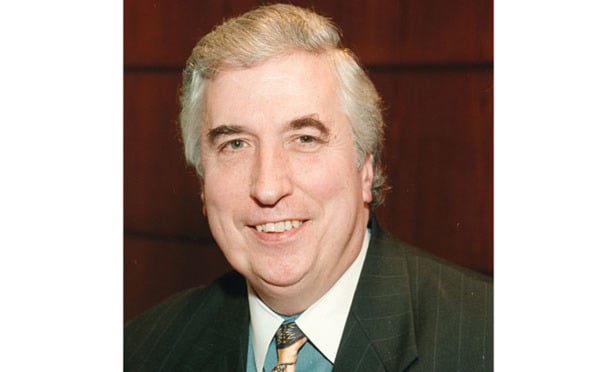Old frauds never die. Nor do they fade away. Rather, they mutate and morph into new configurations in response to new opportunities (which new technologies usually create). Thus, the traditional boiler room “pump and dump” scheme was a product of the widespread adoption of the telephone, which allowed high pressure salesman to reach hundreds of gullible customers in a day. Today, an analogous new technological development is inviting new forms of fraud. The new development is algorithmic trading (which by some estimates now accounts for 30 percent of stock trading1). Computers are programmed to trade in a micro-second once they detect certain triggering quantitative data. Obviously, this is how high frequency traders have come to dominate the market.
But can the computer be duped? The answer is: definitely and sometimes easily. A pending SEC litigation shows how the contemporary financial world in its hunt for quantitative “big data” exposes itself to fraudsters. In SEC. v. Lidingo Holdings,2 a pending action in the Southern District of New York, the defendant described itself as a “social media consultant” but the SEC characterized it instead as a “stock promotion firm” that received high fees for commissioning and posting articles (and even tweets) on their client firms, written by a variety of ghost writers that they commissioned and paid. These articles were usually posted under pseudonyms (such as “Trader Maven” or “Swiss Trader”) and appeared on reputable websites, such as Motley Fool, Benzinga, and Seeking Alpha. No attempt seems to have been made to directly contact investors (as in the traditional “pump and dump” scheme), but probably far more investors can be reached today through these web sites. According to the SEC’s complaint, this process generated “hundreds of bullish articles about public companies,” without ever disclosing that these articles were “paid promotions.” In one case, the SEC alleges that Lidingo drove up the stock price of Galena Biopharma, a small pharmaceutical company, by some 925 percent.3



